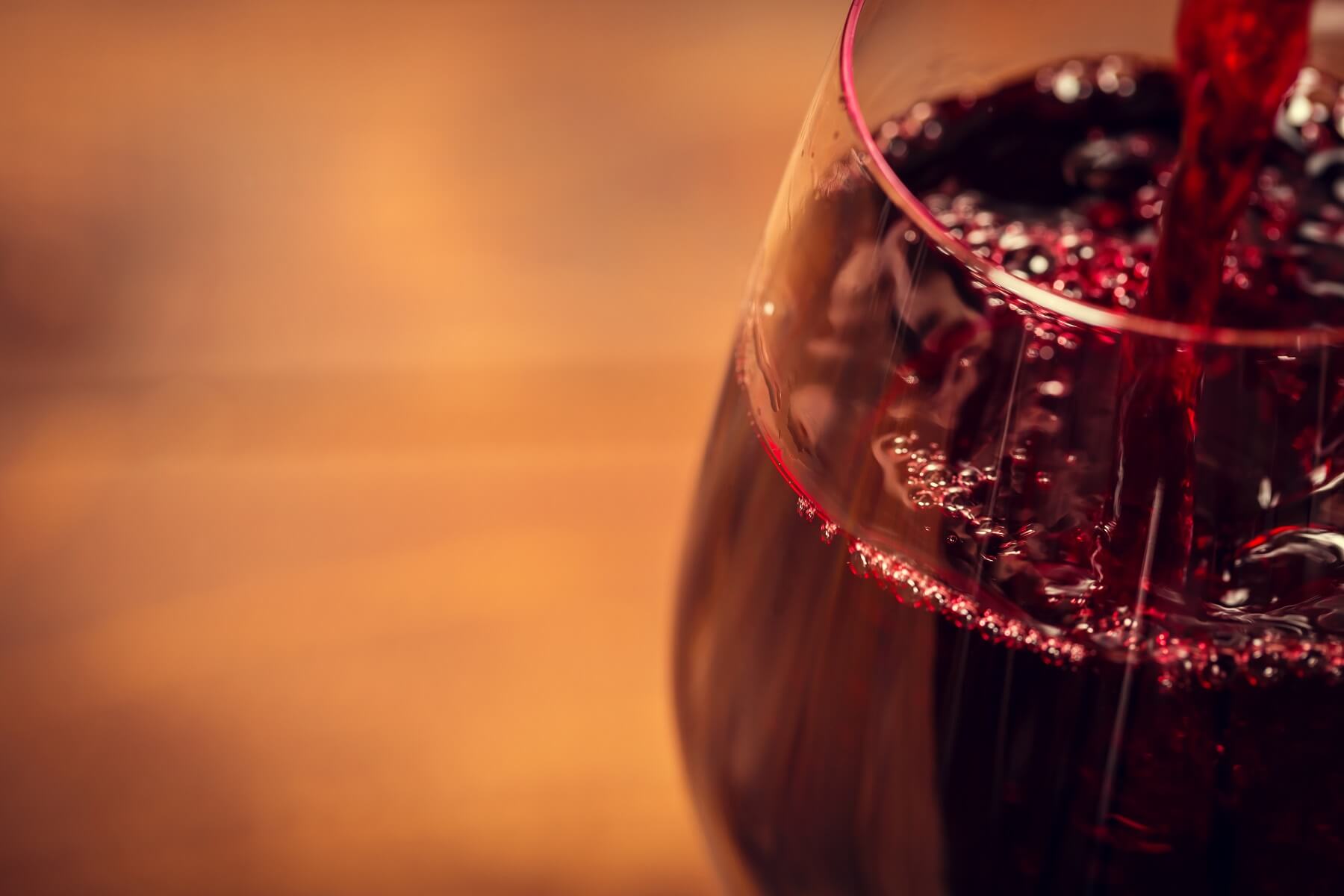

Consider yourself a wine lover? Here's a list of 5 wines you need to try!
Once you’re a few steps along your wine journey and feel like you have the world of wine a little more figured out, you start to look to the horizons – the great wines, the ones that define the whole industry.
Sometimes these wines are expensive, sometimes just hard to find. But they are all wines that stick in the memory and capture some of the history and beauty that wine evokes.
Champagne, drunk in the limestone cellars in Champagne
Champagne rightly owns the title to the greatest sparkling wine in the world. Of course, it’s not just the vineyards or the grapes themselves that make this wine so great, it’s also the long aging process that gives these wines their harmony and completeness.
The vast majority of champagnes are aged in underground cellars that are carved into the limestone soils of the region, some as old as 200 years, others as big as 3km in length!

These amazing cellars maintain a constant temperature and humidity, making them ideal places for long-term wine storage.
To drink champagne, in Champagne, in the cellars in which it has been stored, is a memory worth having.
Assyrtiko from the amazing ‘stefani’ vines of Santorini
The Greek island of Santorini is best known for its stunning sunsets and picturesque landscapes of pure white villas interspersed with flashes of blue and turquoise.It is also home to the greatest wines made in Greece and a wonder of the wine world.
The island abuts an ancient underwater volcano, and much of the soil is old lava and volcanic debris. The vines that grow upon this soil are mostly the native variety Assyrtiko (pr as-ear-tee-koh) and are whipped with wind throughout the growing season, battering them this way and that.
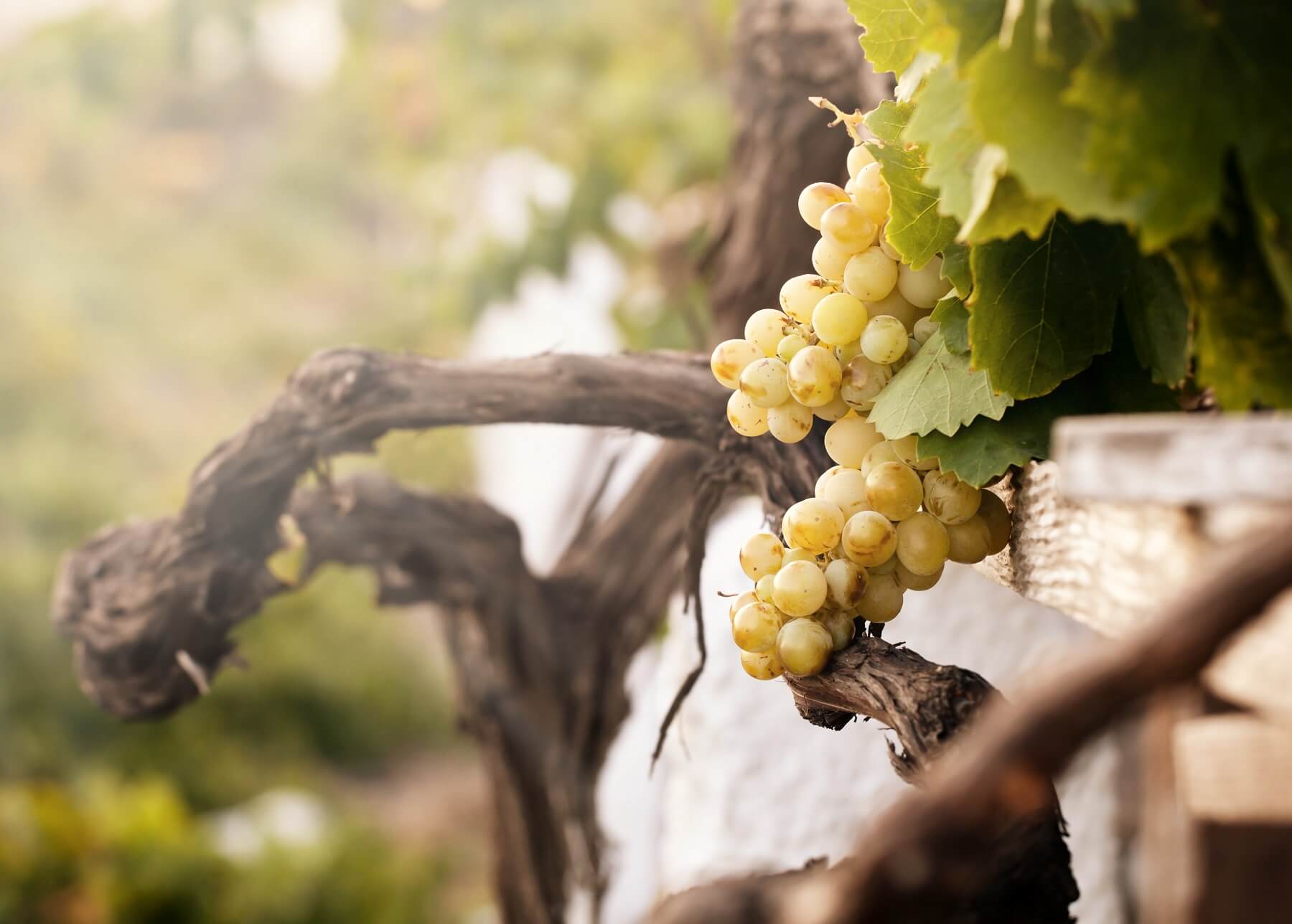
To protect them, they are twisted around each other and intertwined into a formation known locally as stefani or crown.
This vine training system protects the grapes and allows them to be harvested at optimum health and transformed into one of the words great wines. With acidity reminiscent of Riesling and plenty of drive and bite, these are powerful wines from a beautiful land.
Madeira – the bizarre accidental wonder of the wine world
The Portugese island of Madeira, that sits off the coast of Africa, is well known in wine circles for its unique style of fortified, deliberately oxidised wine that is sometimes sweet, sometimes not.
The unique style of wine was created, according to legend, by the return boat trip through the tropics from the island to the West Indies and back. On the trip, the mixture of heating and cooling and the rolling motion of the boat all combined to change the wine to something completely different but still delicious.
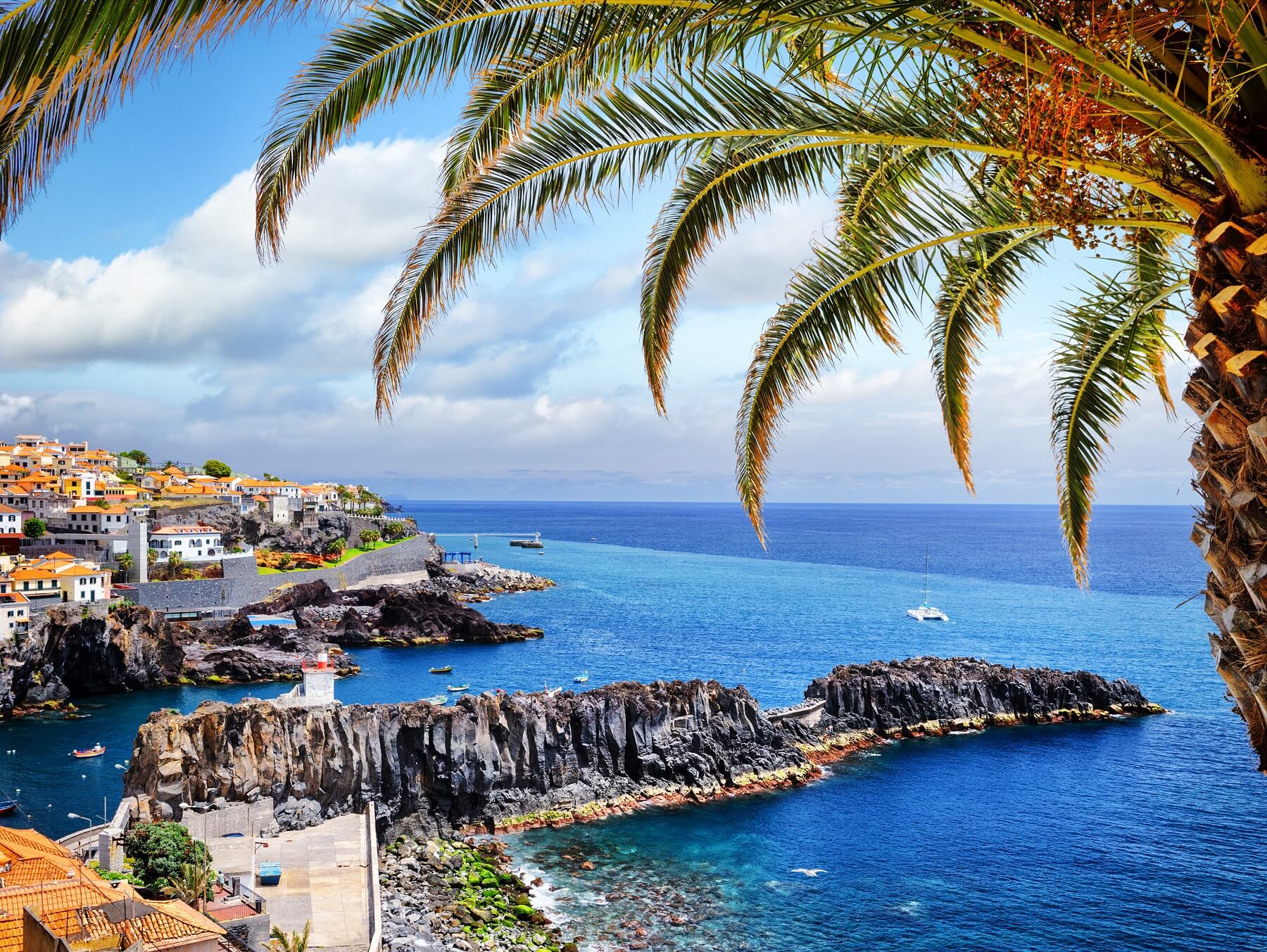
Today this is replicated by various methods, including heating in tanks, leaving barrels in the sun and other innovative procedures.
The wine style remains constant however, with very high acidity and incredible nutty/caramelised flavours. Not to be missed.
Tokaji, from the spoon of kings
Tokaji is both the name of a region in western Hungary and the style of wine they produce there – a golden elixir made from local varieties that has entranced wine drinkers for centuries.
The growing conditions here are perfect for the production of sweet, botrytis-affected wines, and whilst you might only drink this style occasionally, in years gone by they were the most wanted wines in the world.
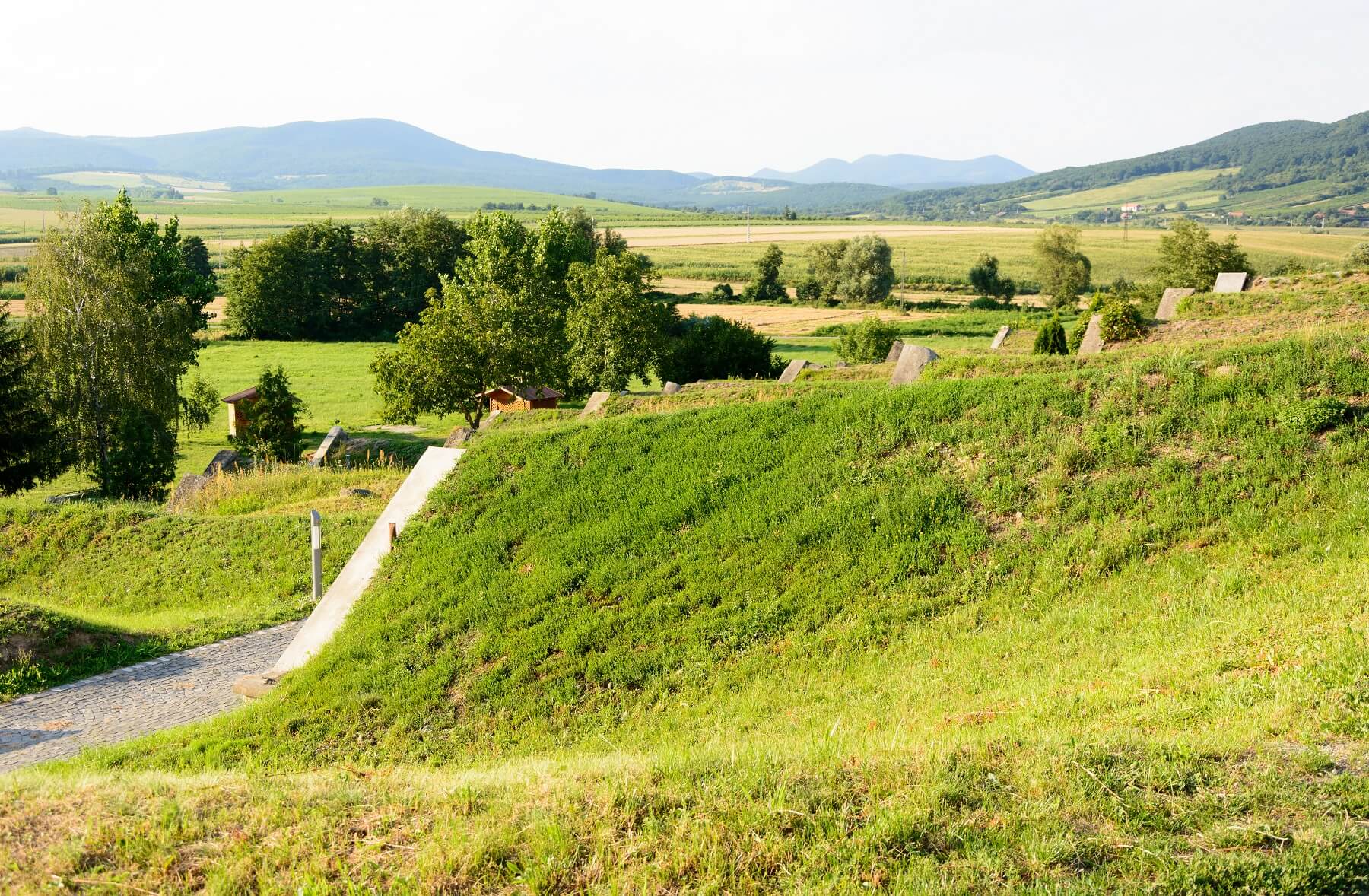
Kings of European courts in the 18th century would demand the greatest sweet wines from Tokaji, and the pinnacle of these wines is a style known as essencia – a noble liquid that is intensely sweet with moderate alcohol. Made in tiny quantities, it is traditionally consumed from a stone or ceramic spoon in miniscule amounts – 20ml or so at a time, due to the intense sweetness. This unique tradition continues today and is a lovely ritual that recalls the glory of times gone by.
Shiraz, from oldest vines in the world
Australia does pretty well on the global wine stage, with its diverse range of varieties planted and some incredibly iconic wines – Penfold’s Grange and Henschke Hill of Grace spring to mind.
A little known part of the reason for the fame of some of our greatest wines is the incredible age of some of our vineyards.
In many parts of Europe, it’s common to replace the vines at 40 or so years of age, when the productivity drops off a bit.
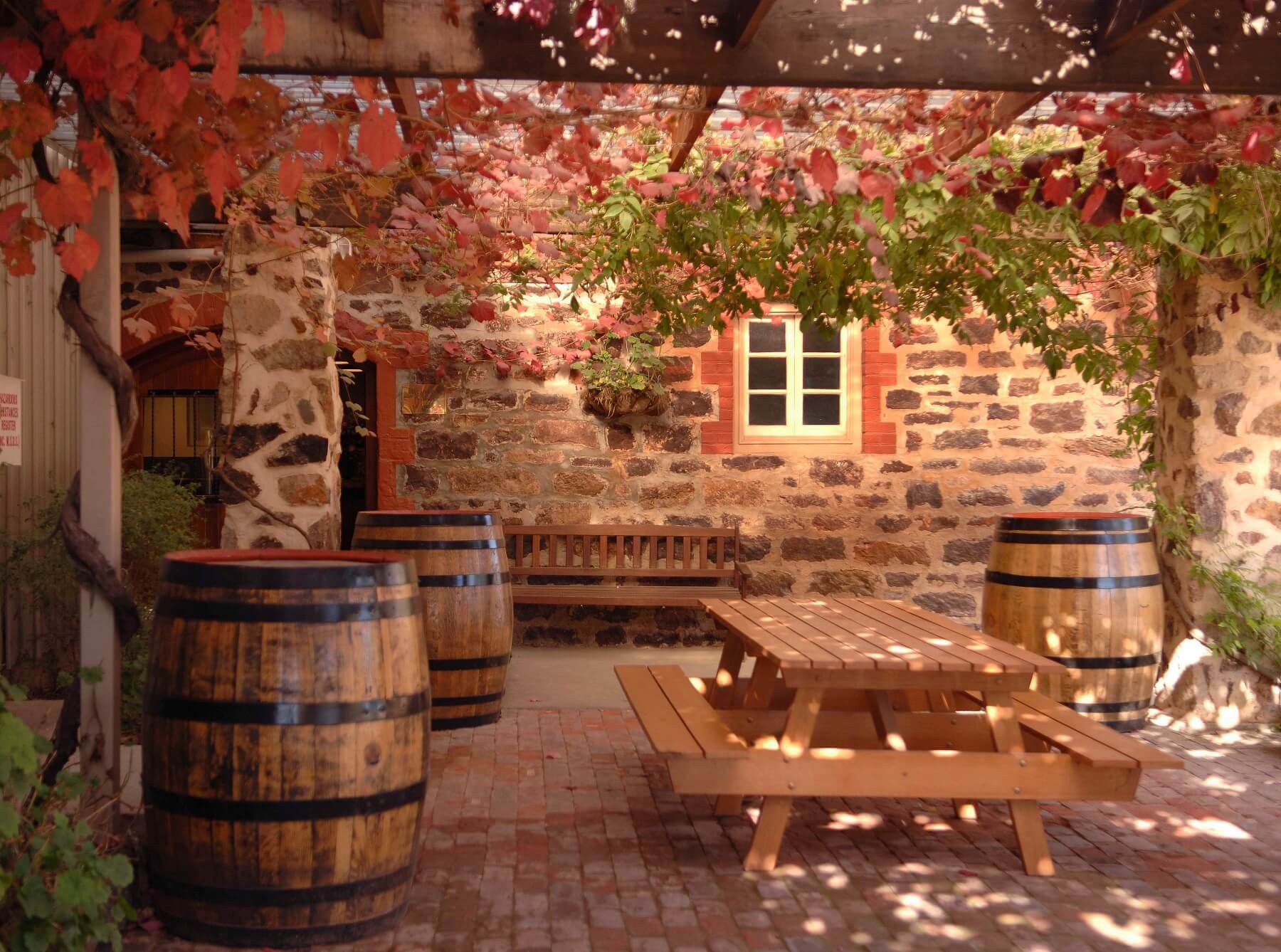
Australia has treasured its viticultural history however, and is home to the oldest planted vineyards of Shiraz, Cabernet Sauvignon and Mourvedre in the whole world.
The Langmeil Freedom Vineyard, planted in 1843, is the oldest surviving Shiraz found anywhere on the planet. To drink a bottle of this is to drink liquid history, and something all wine lovers should aspire to.
Take our fun palate profile quiz here and we’ll recommend three bottles that we think you'll love according to your results!
Do you know your wine personality? If your answer is no, take our quiz to find out which wines to pick up next and build your box!
Build my box





